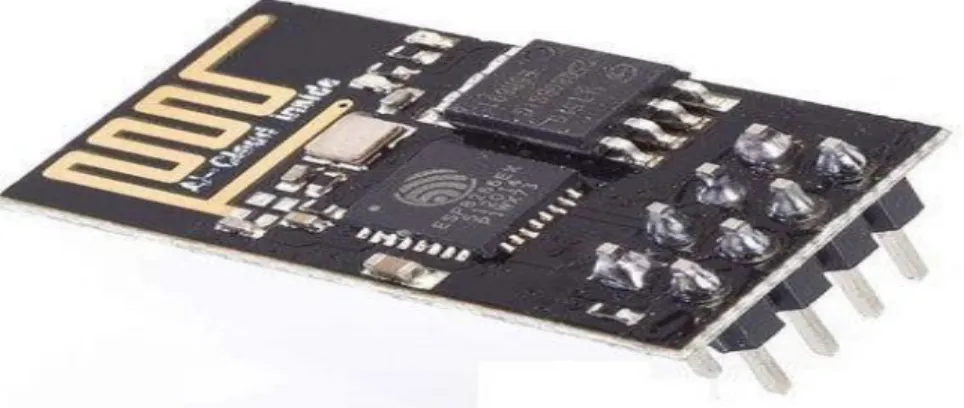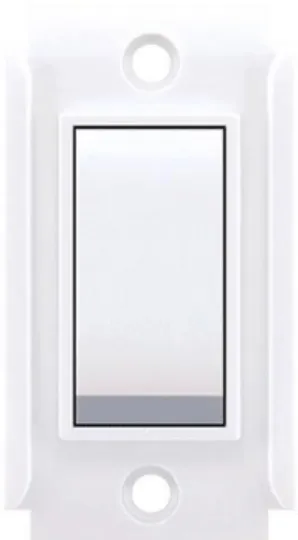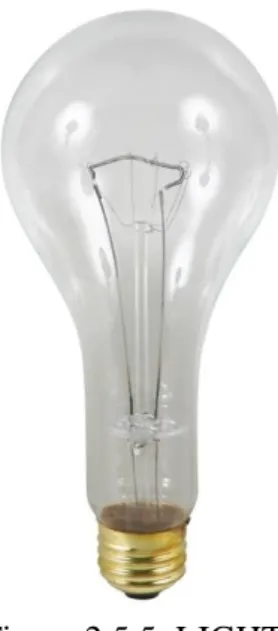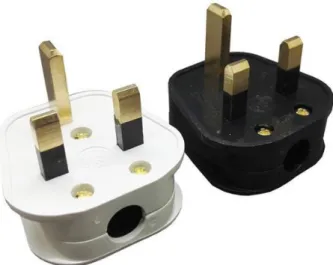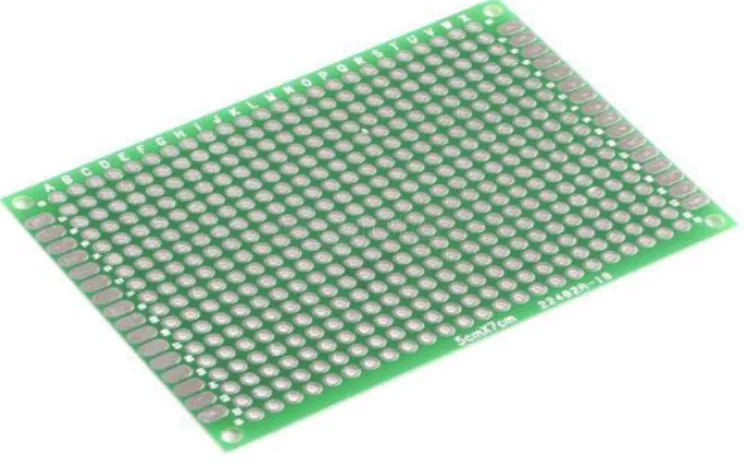This project entitled “MONITORING OF SMART REMOTE UNITS AND ELECTRIC ENERGY SAVING SYSTEM” submitted by Sourav Podder, ID Md. We declare that this project was carried out by us under the supervision of Mr. It is also declared that this project or any part of this project has not been submitted anywhere before for the award of any degree.
His unceasing patience, direction, gradual inspiration, diligent supervision, valuable advice, studying many rough drafts and fixing them in all situations have made this project successful. Although e-bill payment system has been introduced in our country, the usage of this is very low among the population. The main objective of this project was to build a system that eliminates the huge production and maintenance costs of current meter reading technology.
The main purpose of this venture is to introduce and advance the innovation of electrical metering that can remotely transmit to select workers that update the meter rating and bill continuously and will be open for both gatherings, implies in this task the supplier and buyers can both control the use of intensity progressively. and moreover the customer can take care of the bill from anywhere and everywhere. The installation and development cost of this proposed system is lower than any other competing system because of the pre-installed meter, a small chip is needed to be fixed with the meter and this system is ready to run, which is much better and more cost efficient than installation. new meters and develop new technologies. The proposed smart energy meter is equipped to provide all metering and charging administrations such as calculation of energy consumed, delivery of produced bill as well as security offices.
The goal of this project is to construct a meter rating monitoring system where a micro-controller nano-chip is attached to a regular digital meter which connects the energy meter to the server.
LITERATURE REVEW
Introduction
The smart meter automatically sends data about your consumption, so the bills are more accurate and you don't have to submit the bills manually. If the meter needs to be changed at certain times, the smart meter reading is automatically synchronized with the servers. The proposed system consists of an energy meter and a microcontroller connected via an optocoupler.
Power usage is displayed on the meter's LCD screen and is also updated on the servers and in the app. When 0.005 kwh of power is used and the indicator light blinks once, the optocoupler sends that reading to the ESP8266 and it calculates the bill and updates it to the server and app.
Block Diagram
The circuit diagram of our project is relatively simple. Shown below is the power source coming from the power meter and connected to the Vcc and Gnd pins of Esp8266 and the data line is connected to the Gpio pin.
Over View Of Hardware Used
- ESP8226
- Pinout
- Smart Phones
- Circuit Board
- Jumper Wires
The ESP8266 chip holds built-in SOC with included TCP/IP protocol stack that can easily provide any microcontroller easy approach to any selected network. It can either host an app or download all Wi-Fi network functions from another app. Each esp8266 chip comes pre-loaded with an AT command set firmware which means we can attach it to any device and access the web easily.
Its Wi-Fi module is relatively new than its competitor chips, but it is receiving more and more recognition due to its capabilities and reduced cost. VCC (The current input pin it can take up to 3.3V to 3.6V voltage greater than it will damage the chip). An energy meter is a gadget that calculates the amount of electrical energy consumed by a user or a business or an electrically monitored device.
Electric energy meter calculates basic bills per unit, per unit usually consists of 1 kilowatt hour (kWh). Each unit is read once per billing time. Some digital energy meters are capable of calculating maximum demand rate. A battery is a device consisting of one or more electrochemical cells with external connections that supply power to electronic devices.
A battery has two opposite sides, the positive side is referred to as cathode and the negative side is referred to as anode. In our project, a smartphone is used as an output display device that allows consumers to check and observe their meter. An incandescent lamp is an electric lamp with a wire filament heated to such extraordinary heat that it glows with noticeable light. The filament is safe from oxidation by a glass or amalgamated quartz lamp inhabited by inert gas or a vacuum.
An electronic switch is a device used to interrupt the flow of electricity, it is used to close or open the circuit. Electrical plugs attach the electrical elements to the AC power supply in a building and other areas. A circuit board supports and electrically connects electronic elements or electrical components using conductive paths, pads and other features printed from one or more sheet coverings of copper placed on and/or between sheet coverings of a non-conductive element .
Components are usually attached to the CB to connect them electrically and mechanically connect them to it. Circuit boards are provided in all but the most modest electronic products. A jumper wire is an electrical wire, or many of them in a cable, which has a pin on each end jumper wire that is usually used for testing and creating a template project.
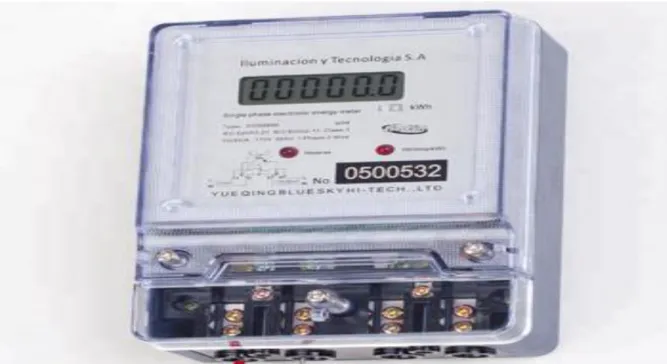
COMPUTER PROGRAMMING CODE
Code
Software Used
- Firebase
- Arduino Ide
Blynk is a platform that allows us to quickly create interfaces for monitoring and observing our projects from our Android or iOS device. We can use the button to control our project, such as the on and off switch or the ta sensor data display. In most cases, building the hardware version of our project is smooth, although building the software interface is complicated.
So we find that blynk is the most worthy software for us to easily showcase our innovation and our project results.
RESULT AND DISCUSSIONS
Introduction
Cost
CONCLUSION
- Conclusion
- Future Scope
- Limitations
